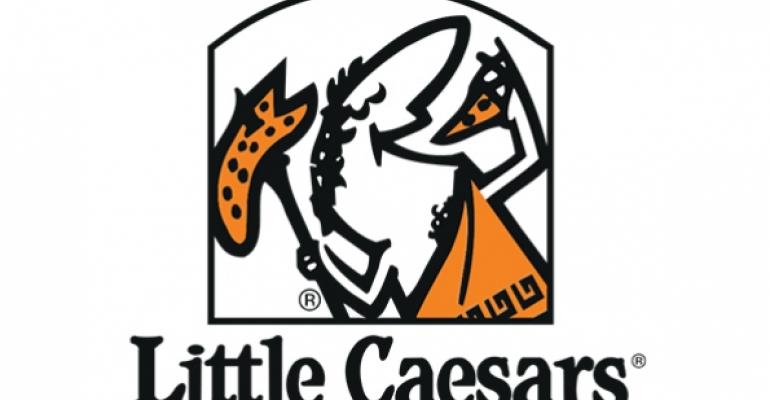 This post is part of the Reporter’s Notebook blog.
This post is part of the Reporter’s Notebook blog.
Here’s a quiz: Which restaurant chain has seen its market share among the largest concepts more than double over the past five years?
It’s not Chipotle Mexican Grill. It’s not Chick-fil-A, though both concepts have boasted ultra-strong growth over that period. Instead, it’s a big, Midwestern pizza chain. But even then, it’s probably not the one you’re thinking.
It’s Little Caesars.
The Detroit-based pizza concept is the quietest, most underappreciated growth chain in the country. Between 2009 and 2014, Little Caesars’ market share among pizza chains in the largest 100 restaurant companies has more than doubled, from 8.7 percent in 2009 to 19 percent in 2014, according to data from GE Capital, Franchise Finance.
To be sure, market share data that analyzes only the largest concepts is incomplete and rules out a large swath of the industry. But it’s a good indication of a concept’s competitiveness in relation to its primary competitors. And it demonstrates where consumers are directing their spending. In the pizza business, they’ve been directing a lot more of that spending toward Little Caesars.
The chain’s system sales have grown from $2.9 billion to $3.4 billion over the past two years, according to Nation’s Restaurant News Top 100 data. Little Caesars has consistently added units every year, and as of the end of 2014 has nearly 4,100.
Part of the reason Little Caesars is underappreciated is its quiet nature. It’s a privately held chain and is somewhat media shy. It’s also overshadowed by the pizza sector’s Big Three: Pizza Hut, Domino’s Pizza Inc. and Papa John’s International, as well as the newly public Papa Murphy’s.
Yet Little Caesars is larger than Papa John’s, and was the 18th largest restaurant chain in the country, according to the most recent NRN Top 100.
The chain remodeled all of its units in the early 2000 and then, in 2003, tested out Hot-N-Ready, in which large, popular pizzas like Pepperoni and Cheese were made pre-made and available at $5 apiece. That strategy went national in 2004 and was a real hit during the recession when consumers were intent on value.
Much like Domino’s and Papa John’s have used technology to make it easier for customers to order their pizzas, so did Hot-N-Ready.
The combination of value and convenience has lured families in search of a low-cost meal as well as pizza-loving teens and young adults on a budget. It has helped the chain take share from independents and other competitors. And it helped the chain offset rapid encroachment into the pizza business by retailers such as grocery stores and convenient marts.
“We try to create value and serve families,” CEO David Scrivano told me last year. “And families appreciate the value and the convenience and the quality of the product.”

